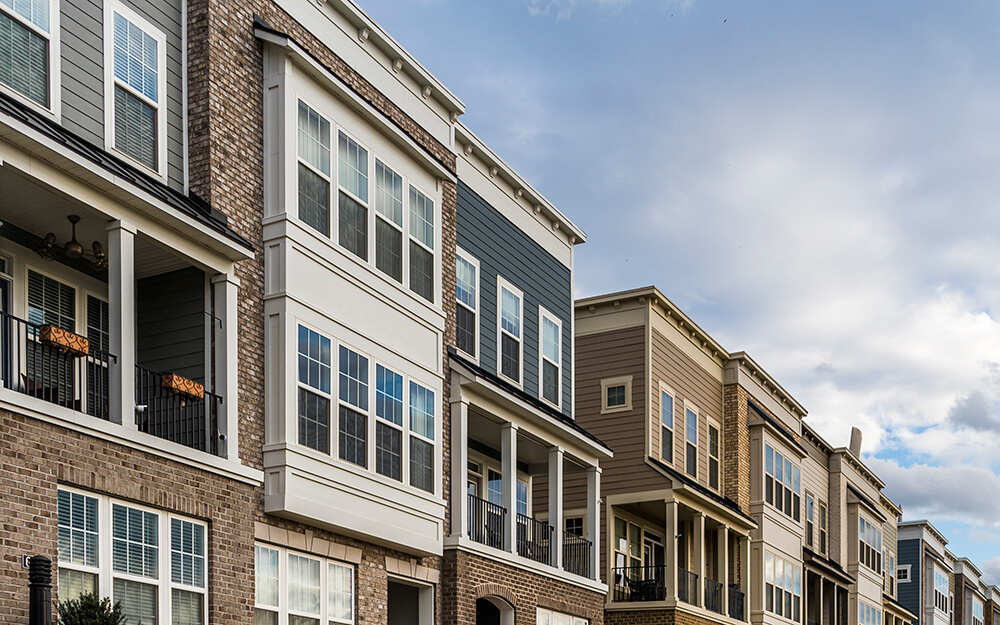Q: Our house has a stucco exterior that needs to be painted for the fourth time in the past 20 years.
In previous paint jobs, we have done much scraping, and used primer coats and finish paints made especially for stucco. Scraping has left a number of marks. Is there a primer that will give us a uniform finish? Or is there a stucco product that we can apply to refresh the finish? Would a pressure washer help?
A: We tackle old and dirty stucco with a high pressure water wand to clean up our surface so it can receive a thick coat of paint.
For the pockmarked stucco, “primer” is not material you want. A good pressure washing, some caulk in the cracks and two coats of an elastomeric topcoat will cover the cracks, smooth the stucco and give you a long-lasting finish.
To begin our service, a warm sunny day and a pressure washer are ideal.
We do a test wash on an out-of-the-way corner of the house. Always working with gloves, safety goggles. and other safety precautions.
Once acclimated, we set the nozzle to a fan pattern and methodically pressure-wash the stucco, starting at the top of the wall and working down. We keep the washer moving back and forth so avoid doing any serious damage to the underlying stucco system.
We seal any existing cracks larger than 1/16 of an inch with a top-quality, all-acrylic or siliconized acrylic caulk. After having taken off all of the paint in areas, we “spot prime” the bare stucco with a clear masonry sealer. Sealer provides added protection against the alkalinity of bare stucco and will promote even distribution of the finish coats.
With the surface preparation complete, we carefully apply the finish. To smooth out the imperfections in the stucco, we apply two coats of an elastomeric wall coating.
Elastomeric wall coatings, made with 100 percent acrylic binders, are applied at a dry film thickness four to five times that of a latex exterior paint. Because of the thickness, they bridge existing cracks and effectively feather out ridges left where old paint transitions into bare stucco.
Elastomeric coatings are flexible. When temperatures drop, the coating “stretches” to span cracks in the stucco. When temperatures return to normal, the coatings contract, returning to their original shape without warping.
The water-resistant qualities of these “elastic” coatings help prevent moisture from penetrating cracked or porous stucco. At the same time, elastomeric coatings are able to breathe, allowing moisture to escape.




